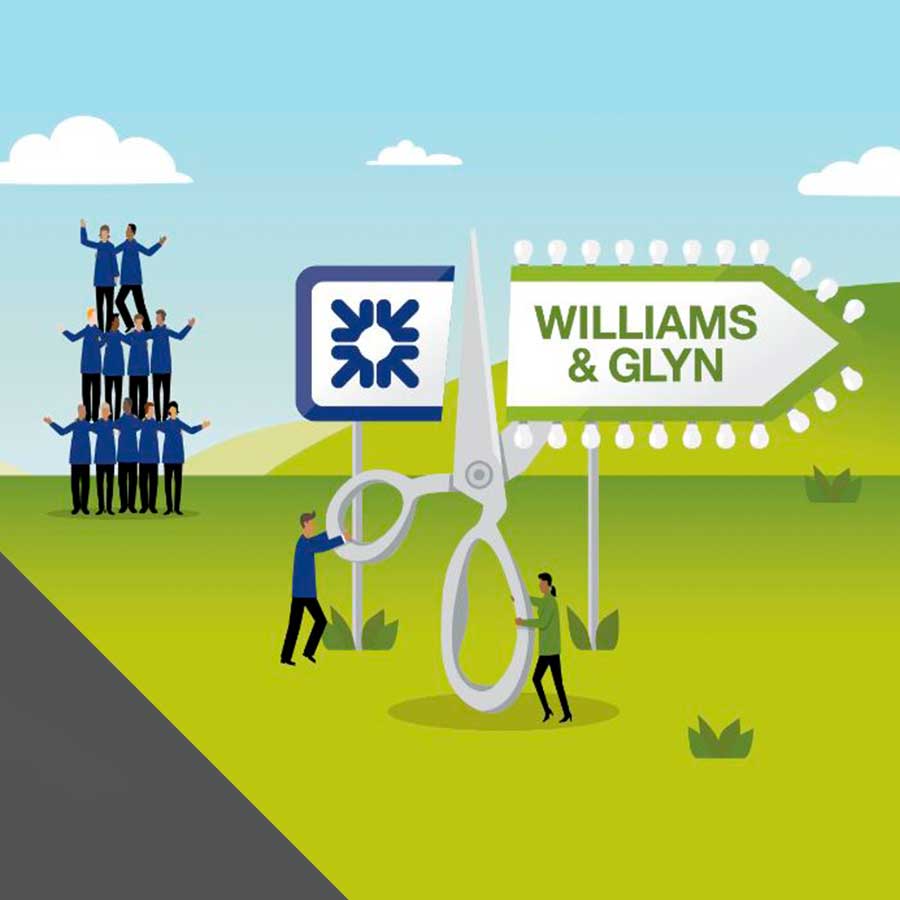
The Capability and Innovation fund will change the SME Banking market. Is your Bank ready?
SMEs rightly feel under-served. Around two thirds think that their Bank does not understand their needs. Many are treated like Personal Current Account ‘Plus’ customers rather than ‘Lite’ Corporate customers and this is often reflected in organisational structures across Banks.
UNDERLYING ISSUES WITH MARKET STRUCTURE
Government and regulators have not been silent. The conclusions of reviews are not surprising but are insightful – the structure of the SME Business Current Account (BCA) market has resulted in poor outcomes for UK SMEs.
The CMA’s 2016 report highlighted market concentration as a critical flaw. The ‘big 4’ (Lloyds, RBS, Barclays and HSBC) are responsible for 85% of all business lending and make up 75% of the Business Current Account (BCA) market.
GOVERNMENT MOVES TO LET THE INNOVATIVE LEAD
Several government initiatives are directly aimed at altering the top-heavy concentration in the BCA market. Open Banking and PSD2 (overview of similarities and differences here) aim to increase the sharing of data to enable comparisons (read competition) and additional 3rd party services and products. Importantly for Challengers, there is also the Capability and Innovation fund, the lion’s share of which looks to foster innovation amongst Challenger Banks for SMEs.
We expect that these initiatives will have an impact on market dynamics, making it more pertinent to have competitive products and services.
THE CAPABILITY AND INNOVATION FUND
The Capability and Innovation fund is part of the latest package to remedy the state aid given to RBS in the financial crisis. The Capability and Innovation Fund offers Challengers the ability to enhance their SME BCA offering. Totalling £425 million across 15 separate grants, the grants are awarded in 4 separate pools (A-D), 3 of which will be awarded sequentially. A firm can win a maximum of one pool, and firms that do not win in a pool are still eligible to apply for subsequent pools.
By creating an incentive and criteria that rewards the innovative, Challengers have a potentially pivotal moment to seize market share by rethinking their approach to delivering what SME customers need.
HOW CAN CHALLENGER BANKS DISRUPT THE MARKET AND GAIN MARKET SHARE?
SME needs are diverse. It is too broad a demographic to capture behavioural traits within a three-letter acronym. To meet a multitude of different needs that are becoming more serviceable, Challengers need to change their approach to transformation activity through:
- An understanding of SME customer needs, both where they broadly align and then may differ in narrower areas.
- Deepening their relationships through customer led design and creativity in potential customer journeys.
- An understanding of innovative technologies and how these help their customers.
- The ability to integrate and adapt solutions without many quarters of delay and pain for Banks; the attraction of solutions will in part depend on the speed expected in a route to market
INVOLVING CUSTOMERS IN PRODUCT DESIGN
By involving customers in product design, Challengers can identify their needs and decide whether to develop in house or bring in external solutions. To leapfrog less mobile incumbents, there is a need to do this quickly and effectively.
Being smaller and more agile should means Challengers are better able to keep up to date in desired segments. Challengers should take advantage of the Capability and Innovation funding to ‘leapfrog’ the ‘big 4’ rather than simply keep up, and there are some great examples such as Banqup and Tide that Challengers can use as models from which to base an ecosystem offering.
MAKING THE MOST OF THE OPPORTUNITY REQUIRES A HOLISTIC VIEWPOINT
Already, Challenger Banks have recognised the need for industry specific segments, CYBG signalling a shift towards a Fintech ecosystem approach. The question of strategic rather than tactical success, depends on a Challenger’s ability to ensure agility in bringing in new offerings in any medium to long term time frame.
This calls for transforming the approach to engaging partners with innovative products and services. Through making the process of integration a low-cost, high value exercise, it is possible to create products and services better suited to the needs of different SME demographics or personas.
This will require a rethink of current Procurement, IT, Transformation and decision-making processes to prevent Innovation and change capacity being stifled by committee and limited Fintech partner financial runways.
IS YOUR BANK READY?
In our conversations with clients, the principal questions centre around how to ensure sufficient capacity to deliver the innovation and structures that encourage it. Given the pressure on existing change resources in the short term, assessing how to deliver upon a successful bid is a relevant exercise – particularly given capacity to deliver is a criterion of the award of funding.
While this seems like a huge task, the key for Challengers is to ensure they partner alongside those with the capability and capacity to help them deliver what SMEs need. In doing so, the lessons learned from a bid should be more transformational than the funding itself. Is your bank doing this?
Other related articles
Marketplace banking may be the panacea that bank customers (and challengers) have been waiting for.
Daniel Meere talks to Finextra TV about SME Banking




